Microsoft recently announced a breakthrough in quantum computing, based on a new phase of matter that experts had not thought possible. The philosophical implications of this breakthrough are profound. Quantum researcher at Bristol University, Shuqiu Wang, examines the science behind the technology, highlighting the challenges for our philosophical understanding of reality and the scientific implications for the future of technology.
In a recent announcement, Microsoft claims to have created the first 'topological qubits' based on topological superconductors. This development could possibly lead to a new way of storing quantum information that promises to make quantum computers both more stable and scalable. The announcement, published in Nature on February 19th, 2025, has the scientific community buzzing with both excitement and scepticism. But what makes these 'topological' superconductors so special, why might they be the key to building more powerful computers, and are we really as close to this as Microsoft claims?
SUGGESTED VIEWING The truth about quantum computing With Scott Aaronson
Topological superconductivity
Imagine a ballroom where electrons are the dancers. In a normal metal, these electrons dance individually, constantly bumping into each other and the ballroom’s lattice structure (like dancers colliding with walls or stepping on toes), creating resistance as energy scatters into chaos.
In a typical superconductor, electrons pair up into graceful dancing couples called spin-singlet Cooper pairs. These couples perform a synchronized waltz, gliding across the floor without resistance. Their movements are mathematically entwined – each partner mirrors the other’s steps with opposite momentum and spin, as if governed by an invisible rhythm.
But in a topological superconductor, the dance defies classical intuition. Here, Cooper pairs perform a ‘p-wave’ choreography, spinning like celestial bodies locked in orbital motion. At the edges of the dance floor, ‘Majorana’ fermions emerge; these are exotic ‘quasiparticles’, which are fundamental particles that act like a single particle. They are their own ‘antiparticle’ and exist as non-local halves of a single quantum state. Though they appear at opposite ends of the room, their dance is a single, unbreakable routine. If one quasiparticle is disturbed, the choreography remains intact because the dance’s 'memory' is encoded in topology, akin to a knot that retains its structure even when stretched or twisted.
SUGGESTED VIEWING The quantum hoax With Joscha Bach, Dominic Walliman, Neil Turok, Ruth Oulton
The pursuit of topological superconductivity has a decades-long history. Superfluid Helium-3 (3He) is so far the only known odd-parity ‘topological' superfluid. It is a candidate for the study of the zero-energy ‘Bogoliubov’ states at superfluid boundaries since they can be viewed as 'Majorana' fermions. These states are of interest for the known macroscopic quantum phenomena of superfluid 3He which are governed by topology. This includes 'circulation quantization', 'Josephson effects’ and the superfluid 3He quantum interference devices.
___
Although Microsoft’s findings hint at topological states, definitive proof remains elusive – prudent scepticism given Microsoft’s own 2021 retraction of similar claims. The ultimate litmus test? Scaling these systems to see if their quantum ‘magic’ holds.
___
Microsoft’s topological qubits
At the heart of Microsoft's claim is a superconducting 'nanowire' device. This is an artificial topological superconductor created by inducing superconductivity in indium arsenide through the ‘proximity effect’ with aluminium. The Microsoft team aims to create two special quantum states, Majorana quasiparticles, at opposite ends of this wire. The device works by introducing emergent Bogoliubov quasiparticles that exists in a 'delocalized' but entangled quantum state, spread between these two points.









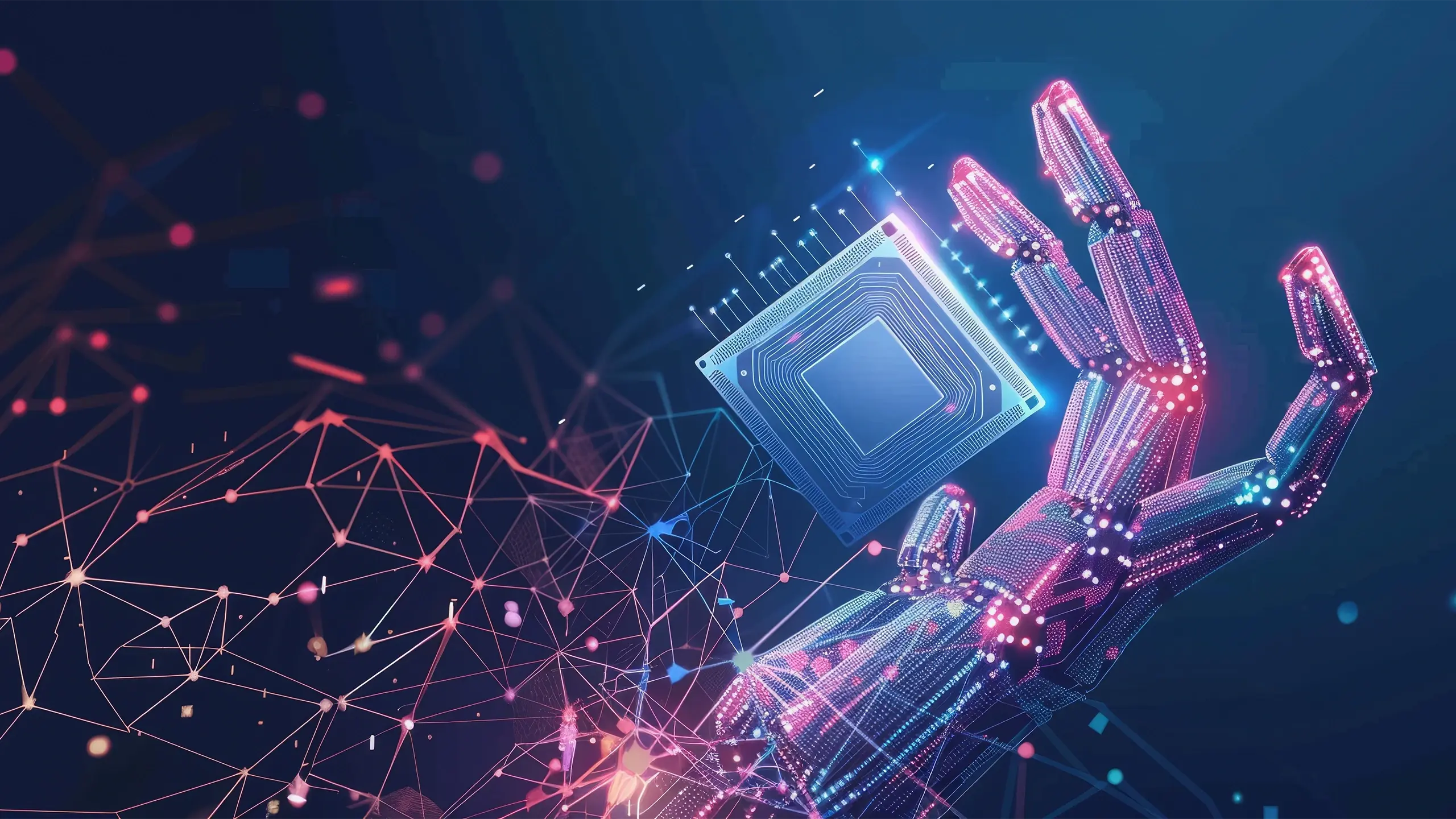
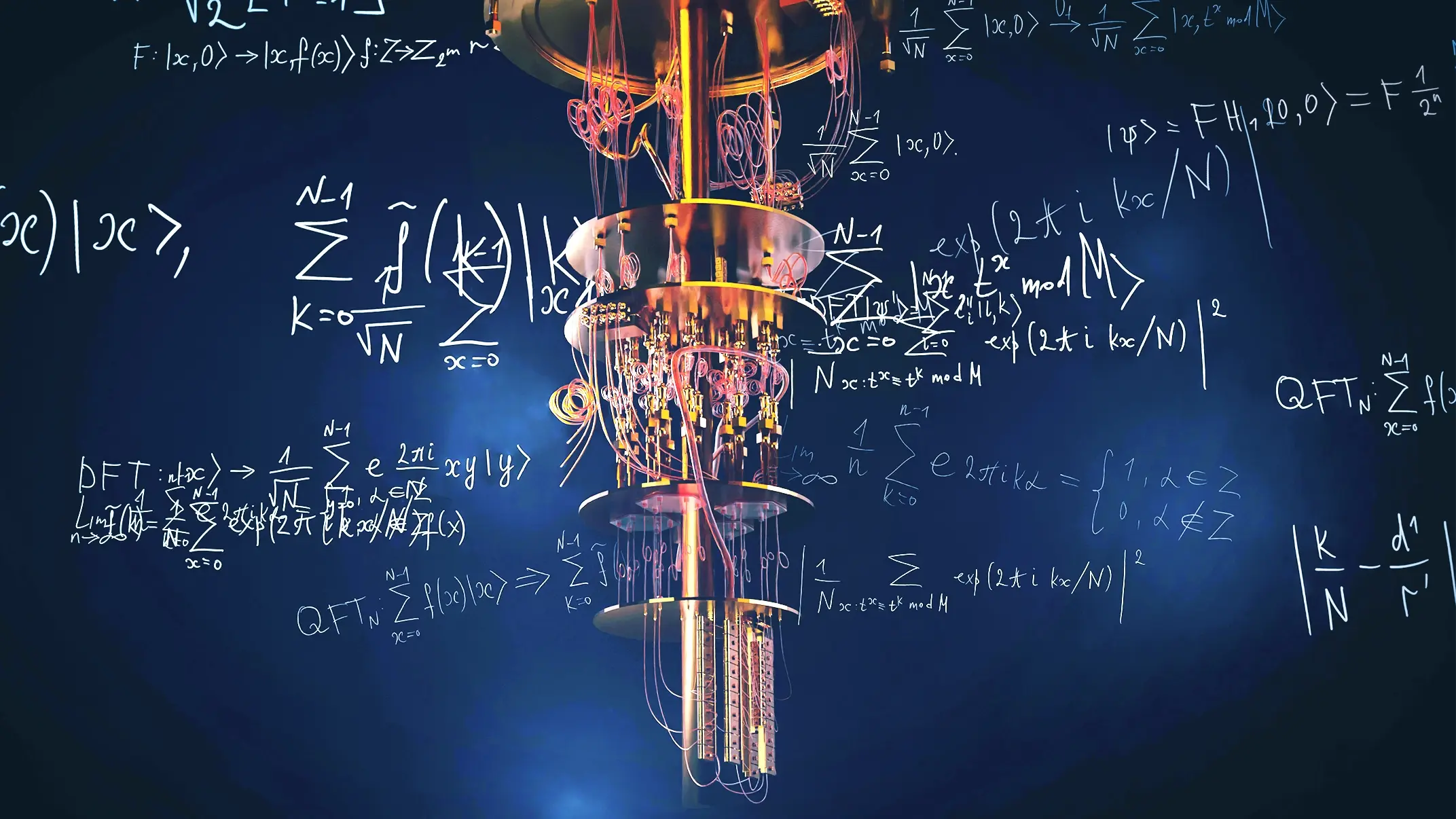

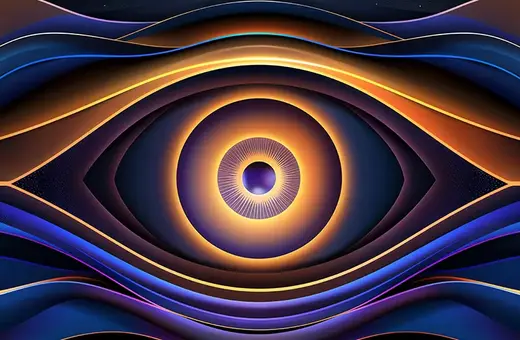
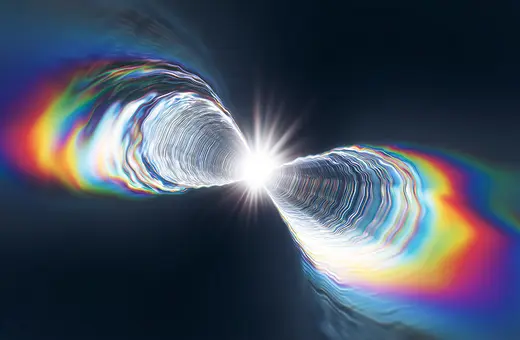
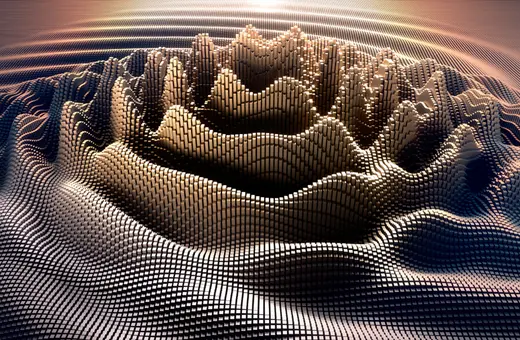
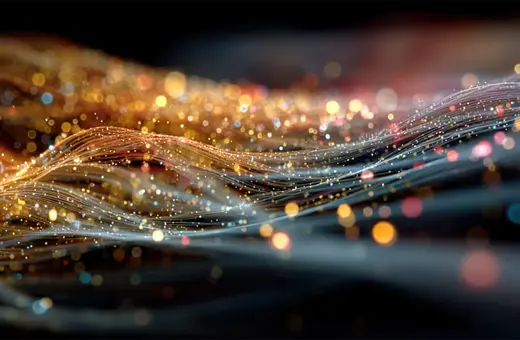
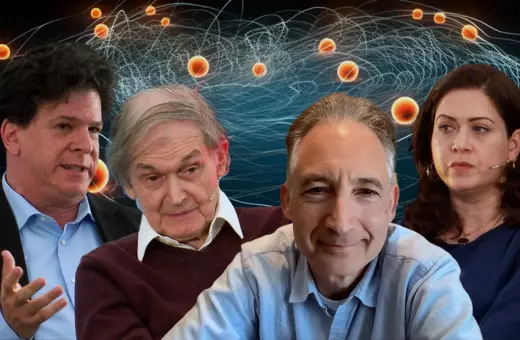


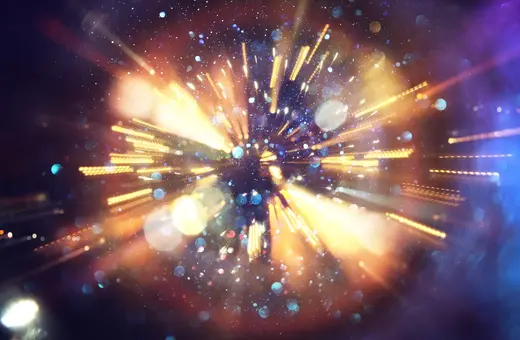
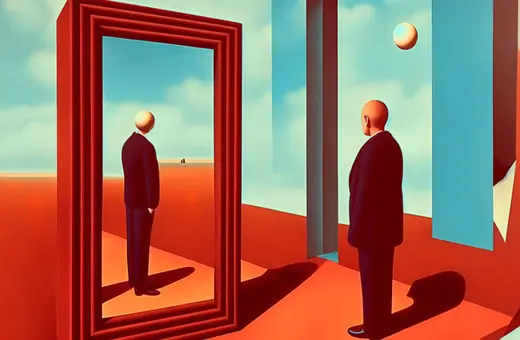
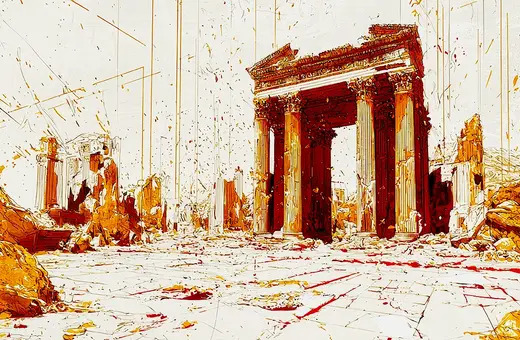
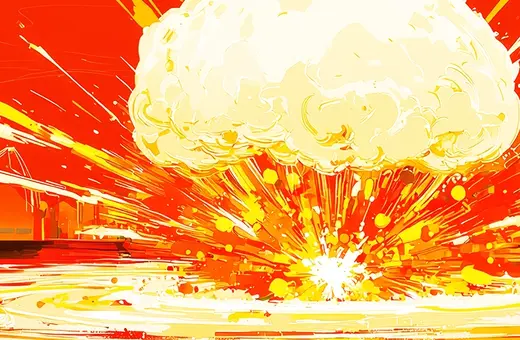
Join the conversation